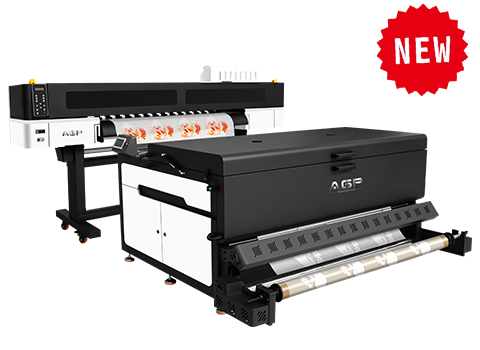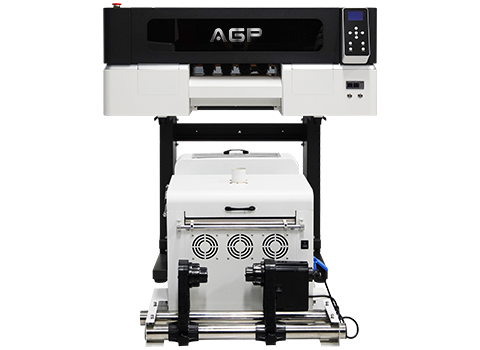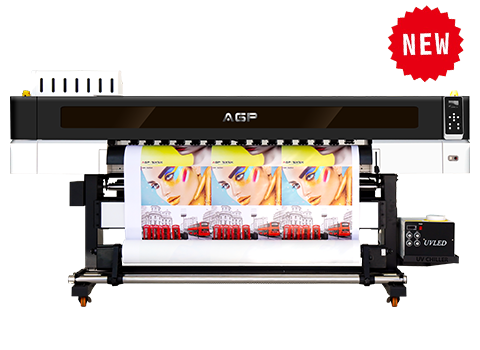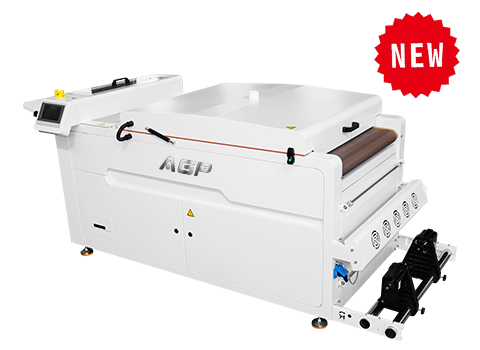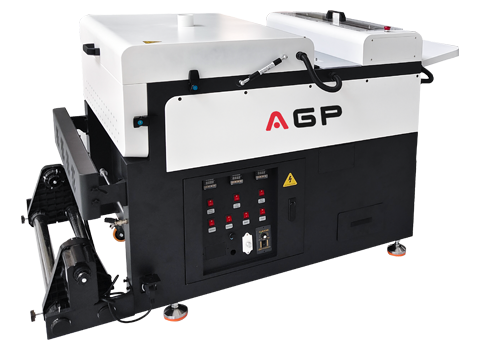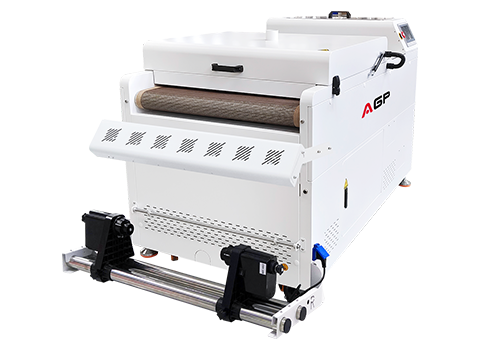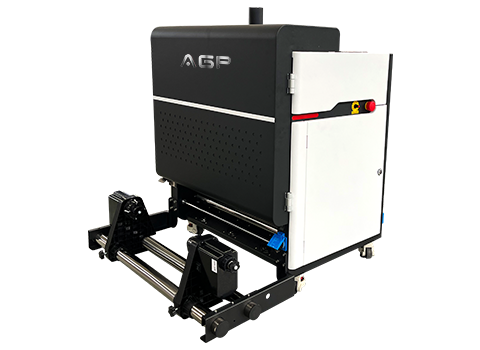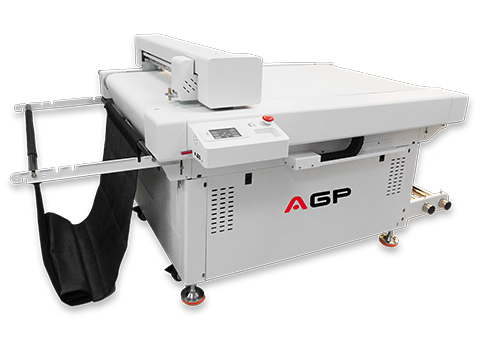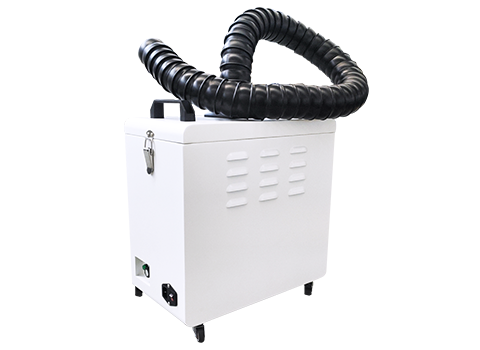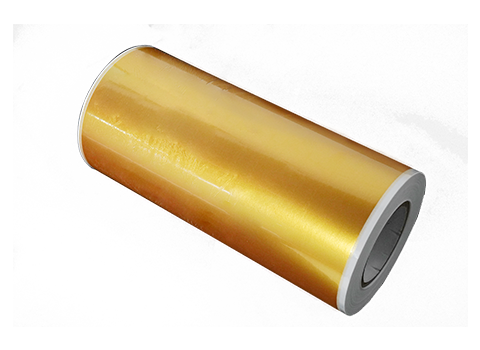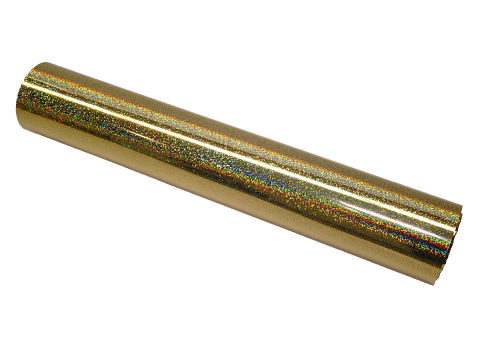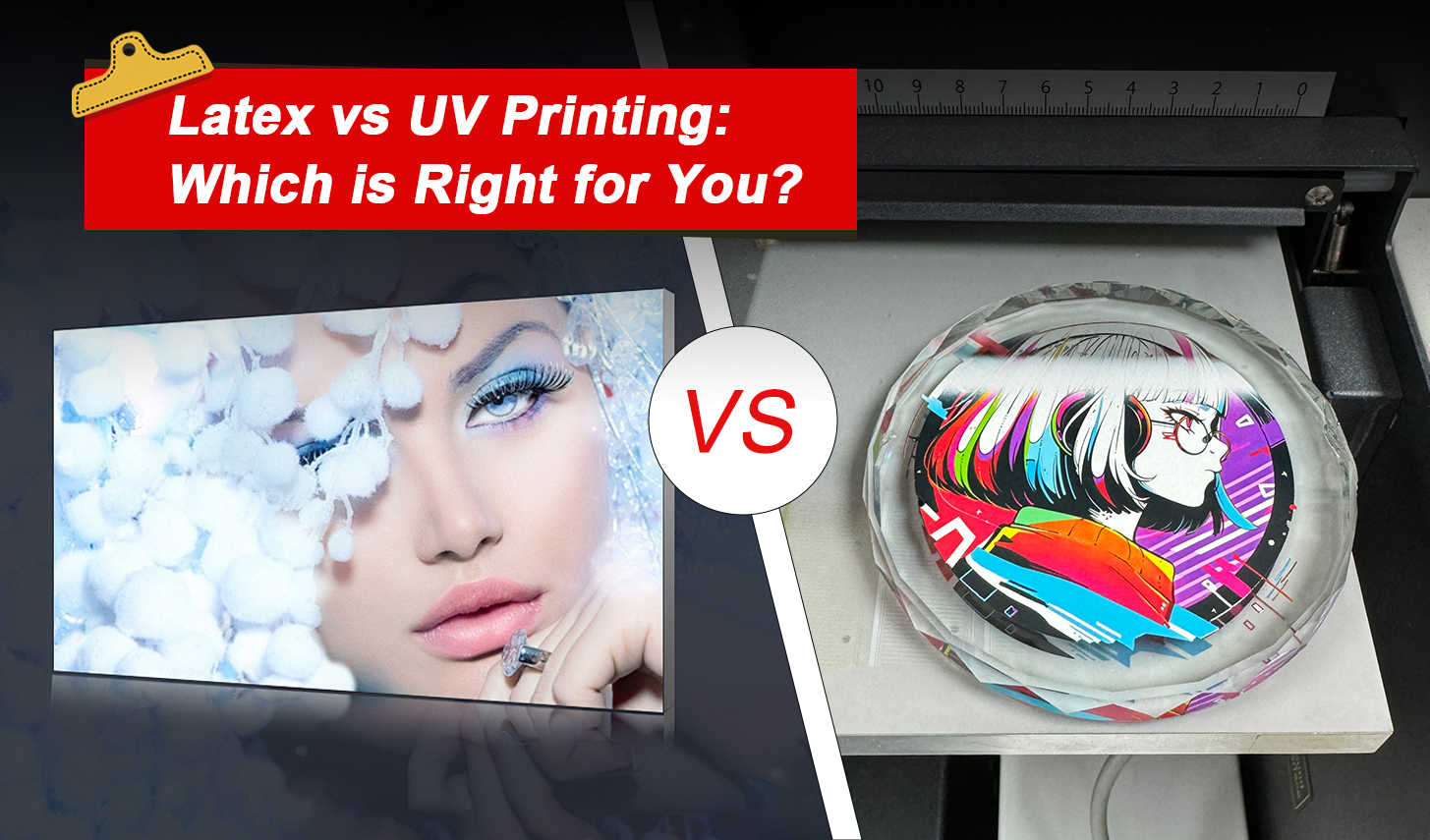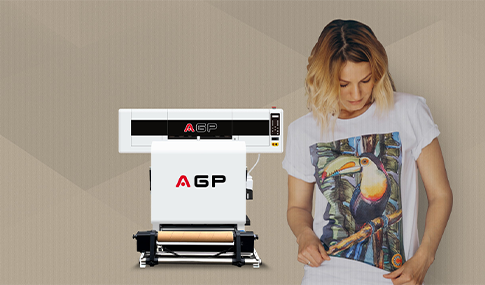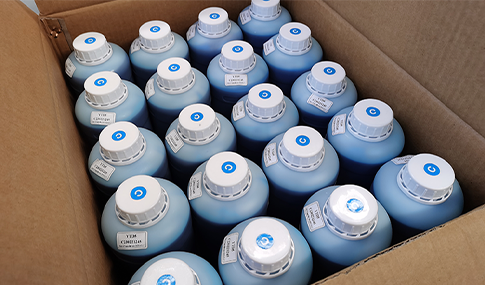Latex vs UV Printing – The Best Option for Your Needs
Both Latex and UV printing offer many exciting benefits. Choosing the best option for your needs is critical. We explain both options and give you the advantages and disadvantages of these two printing technologies. This will enable you to make an informed decision on what will work best for your requirements. While it can be a challenge to decide, we will break it down so you know exactly what will work best for your desired application. This will enable you to create the work you want in the best possible way.
Latex and UV Printing - How do they work?
Before deciding which option is better, you must understand both printing methods.
Latex Printing
This is a fast and effective way to print a range of indoor and outdoor products. You can expect vibrant bold colors and printing that is durable. What’s more, is that it is an eco-friendly printing method that produces low levels of VOCs or volatile organic compounds making it safe to use indoors.
It works on many materials including paper, vinyl, and fabrics. The printing method makes use of water-based inks but with latex polymers. This is what makes it safe, fast, and efficient. It is highly versatile and popular.
UV Printing
While latex printing has been around for a while, a more modern method is UV or ultraviolet printing. In this method, UV light is used to dry and cure the ink. This makes the printing process fast and durable. The result is hardy, vibrant, and of exceptional quality printing.
The details are crisp and high-quality. It is also extremely versatile allowing you to print on plastic, metal, glass, and other more traditional materials. The process is simple, fast, and environmentally friendly.
The Key Differences Between Latex and UV Printing
Latex Printing
Latex printing has been around for some time and is widely used. HP (Hewlett-Packard ) was one of the first companies to employ latex printing technology in their wide format printers, back in 2008. It took a few years to take off commercially but soon became highly popular.
The ink used is mostly water-based and combined with pigments for color and small latex particles for effect and durability. Heat is then applied, allowing the water to evaporate while the pigments and latex particles bond. This allows for flexibility and durability. Due to them being water-based, they are safe to operate, and have a minimal impact on the environment. The process is relatively simple.
Read on to see the range of applications as well as the pros and cons of this style of printing.
UV Printing
In this form of printing, pigments are added to monomers and photo-initiators. The completed print is then exposed to UV light to allow the ink to polymerize. While still safe, they are not quite as eco-friendly as latex printing. They allow for precision printing but do not have the same flexibility as latex printing. They work well for outdoor applications and are not prone to fading, water damage, or scratches.
It performs well on a wide range of applications that might not be suitable for latex printing. More on that below.
Latex vs UV Printing: Which is Right for You
If printing is part of your business, you need to consider the perfect and ideal method that will work for you. We will deep dive into the two best options, Latex and UV printing.
Latex Printing
Latex printing is ideal for a wide range of applications. These include, but are not limited to:
- Fabrics
- Stickers
- Labels
- Flags
- Banners
- Signage
- Soft vehicle wraps
- Fence wraps
- Garage door detail
- Store front designs
- Window blinds
- General marketing material
- Flooring
- Wall murals or prints
- Packaging
The advantage latex printing has over traditional printing is that the latex bonds with the pigments making it durable and flexible. It has a host of colors and is scratch and water-resistant. Their safety, low VOCs and non-flammability make this process suitable for restaurants and other public places. It also allows you to produce safe consumer products. It is a user-friendly system that does not require advanced training.
UV Printing
This method is slightly more complex but offers many advantages over latex printing.
It is a versatile process that will allow you to print on, among other things:
- Glass
- Crystal
- Stone
- Leather
- Wood
- Plastic/PVC
- Acrylic
You are only limited by your imagination, the possibilities are endless.
The big advantage is that you can expect more vibrant images with outstanding clarity and detail. The UV light cures the print which allows you to work on a range of materials, even 3D prints.
The UV curing gives the output amazing durability that can withstand heat and rain while remaining amazingly flexible and long-lasting. It requires a bit more training to get the process right but the multi-purpose functionality, amazing detail, and other advantages make it a worthwhile option.
To summarize, here are the highlights for your best printing solution. Let’s take a look at the pros and cons of each option:
Pros of Latex Printing
- Wide color range – If you require more colorful images, latex printing offers a wide range of option
- Eco-friendly – As the inks are water-based and do not contain any harmful solvents. This makes them safer and has less impact on the environment. The minimal VOCs also mean that it is sager for indoor environments.
- Fast drying – Printing can be completed faster as this printing method dries quickly
- Versatile – As no intense heat is required you can print on more sensitive materials that might not hold up to high heat. You can print on paper, vinyl, fabric, and vehicle branding
- Durable – This printing method is durable and can handle water, rain, scratches, and repeated use.
Cons of Latex Printing
- Image accuracy not perfect – The quality is not as crisp and clear as other methods, particularly if there is fine detail required
- Substrate limitations – Latex printing will not work effectively with certain substrates which might be limiting
- Energy costs – The drying process requires more power and could lead to higher energy costs
- Printing speed – While the drying process is fast the printing takes some time. This could impede production speeds
- Equipment maintenance – This printing format requires regular servicing of equipment
Pros of UV Printing
- Fast – The process and drying time are quick which improves efficiency and output
- Highly versatile – It can be used on a wide range of materials
- Top-quality printing – The images produced are accurate and crisp
- Safe – Minimal VOCs are produced compared to other printing making it safe and environmentally friendlay
- Durable results – The printing is durable which means it will last long and be suitable for outdoor products
Cons of UV Printing
- Investment costs – The initial outlay for the equipment is higher than many other options
- Skill requirements – The process is not as user-friendly as latex or other printing methods so training will be required
- Heat damage – Certain materials will not stand up to the high heat used in the process
- Narrow color range – You have fewer color options to work with
That summary should make it clear which option is best. Although they are both great options, your choice will depend on your specific requirements, the materials you wish to print on, the accuracy, and the color options. The material you wish to print on is another factor to consider.
Conclusion
The above information should guide you in selecting the best options for your printing needs. Both are exceptional printing methods but depending on your requirements, one option might suit your needs better.
---------------------------------------------------------------------------------------------------------------------------------------------------------------------------------------------------------------------------------
Welcome to AGP! With nearly a decade of experience in the printer industry, we specialize in R&D and manufacturing, offering exclusive DTF and UV DTF printer solutions. With a global presence, including partnerships in the USA, Canada, UK, Italy, and Spain, we’re ready to take the next step in business expansion together!
Contact Us:
Email: info@agoodprinter.com
WhatsApp: +86 17740405829

